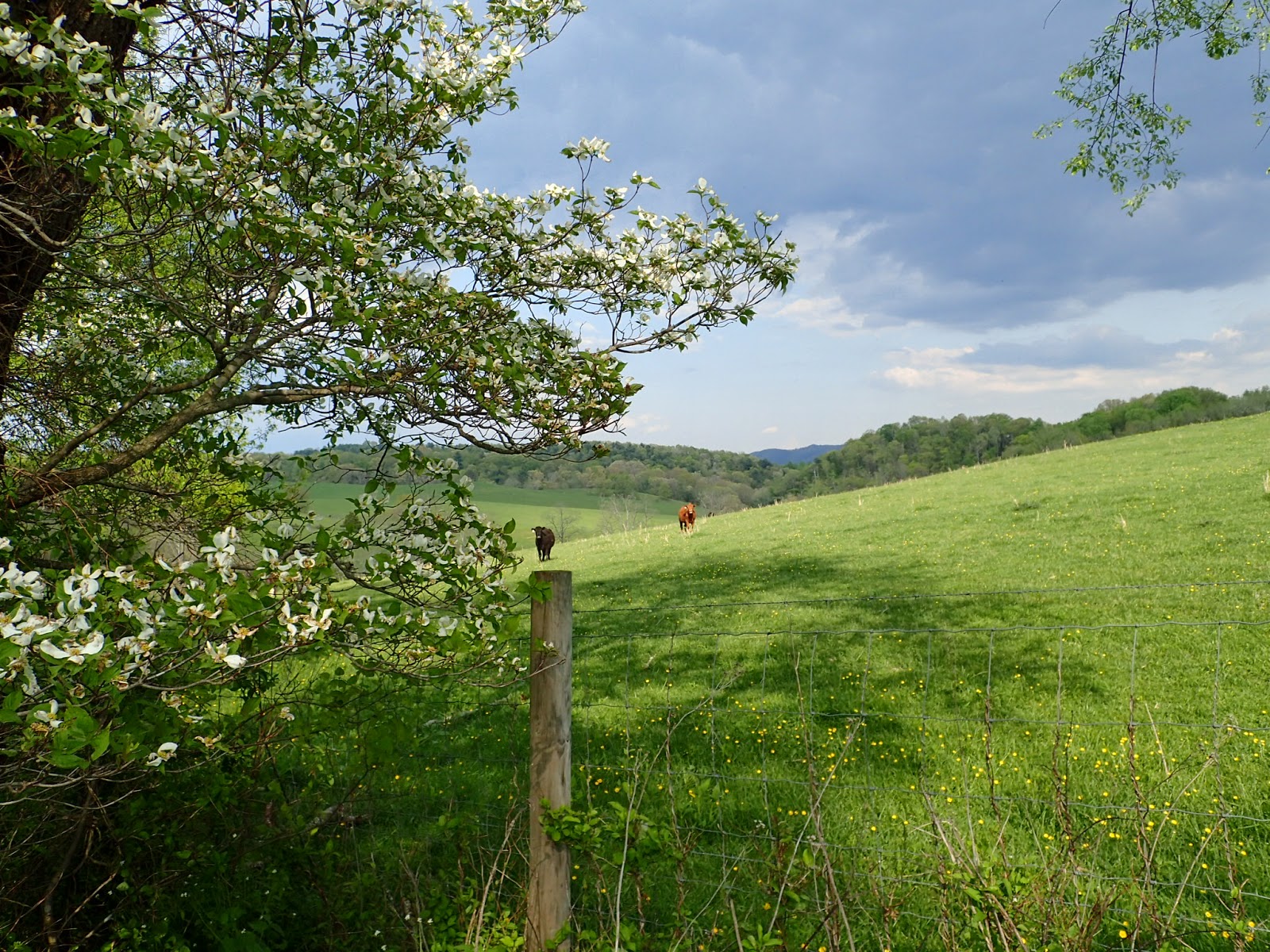Today's post brings us out of state, which I think is the second since the start of my blog, now almost two years ago. Although as I'll show even the post of this visit will somehow bring us back to Yorktown, my current home and the area I write so much about.
I have been on vacation and did some traveling. Since I call myself the Virginia Nomad, I tend to stay in State, but it is time to write about my trip to Cincinnati last week, or at least of one of my days. Our trip was partially a walk through memory lane and visiting old friends, but it also included the necessary time enjoying the arts (
Pyramid Hill Sculpture Park in Hamilton OH) and spending time in nature (
Fernald and
Schallenberger Nature Preserves, and the
Dolly Sods). It is the Dolly Sods I want to write a bit about.
Reading on the
internet (and who doesn't believe anything that is published there, especially on Wikipedia) we in Yorktown have a connection with this area. It seems that a German prisoner of war (the Revolutionary War that is) named Johann Dahle (he fought for the British) eventually was allowed to leave the camps and allowed to settle in what was now the Dolly Sods (Dolly is a derivative from Dahle and Sods are a derivative of grassy fields). It seems Mr. Dahle was taken prisoner after the famous battle in Yorktown during the capitulation of the Brits. So yes, Yorktown has a connection to this wonderful place.
Dahle was allowed to claim and settle in this because no one wanted it. History tells me that this was a wild place with impenetrable forests and trees that rivaled the giant sequoias. I read about reports of trees with a diameter of 12 to 13 feet and more than 80 feet tall. It seems that there were peat beds that were 6 feet deep. A friend told me that when he was a biology student at West Virginia University they had field trips to the area and used the peat as trampolines. The area is still touted as the most southern extent of some Canadian species including the snowshoe hare.

Once the loggers and the railroads found the area nothing was safe. The area was logged and the peat burned for years, leaving not much else. These alpine regions are really slow in recovery (if at all). They have a short growing season, so trees grow slow and the peat accumulates very slowly as well. Now the peat maybe a foot thick in places, but usually it appeared thinner. Thank goodness there is now a different ecosystem, one of cranberries, huckleberries, blue berries and alike. The forest service has planted some hemlocks and firs, but it will take time before they will turn the area back into the majestic forest from the past, if ever. Sheltered areas have some really neat forests, but they are mere babies compared to what was there before.

I find it regretful that we never got a chance to see even just very minute remnants of what the world would look like without human interference, exploitation or outright destruction. Yes, truthfully even after complete destruction what remained is also very beautiful, yet stark at times. I often say that nature is very resilient and that eventually it will develop a new equilibrium. However, I dare say that in all times this new equilibrium is less than what it was before. Let's be careful with this earth we live on and protect these unique places. The Dollie Sods turned into something else that is beautiful and we were lucky this time, but what nature intended is forever lost to us and future generations. Next time we might not be as lucky.











